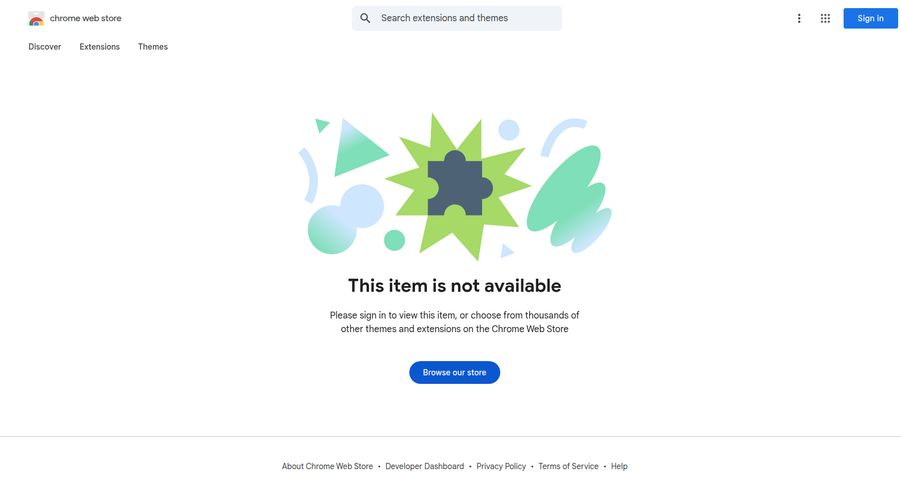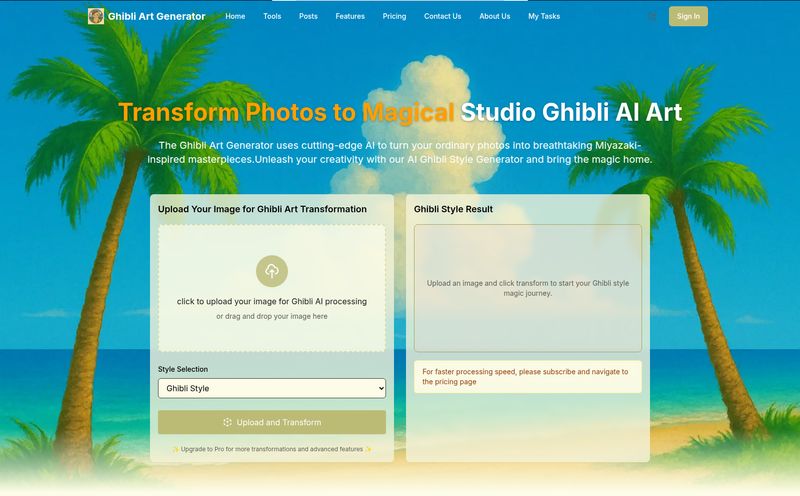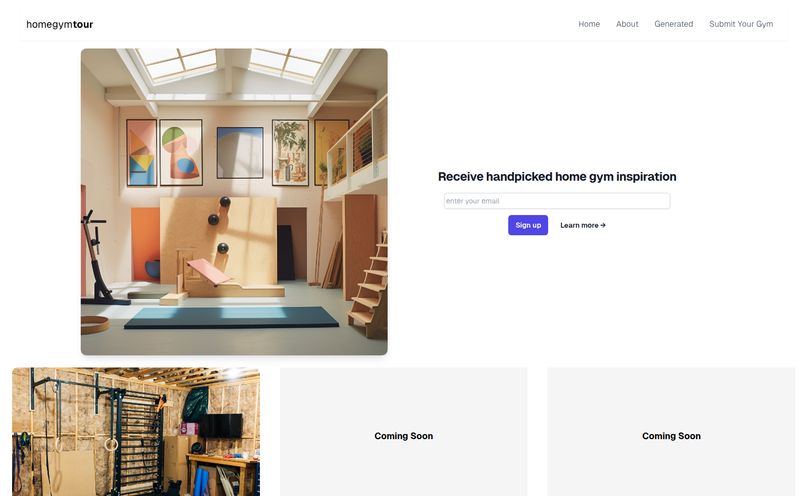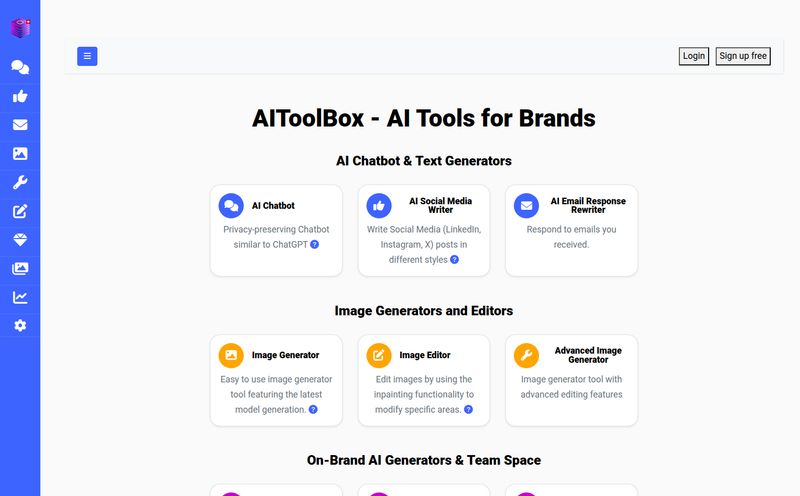The battle over screen time is the modern parent’s Trojan War. It’s a daily struggle, a relentless negotiation, and honestly, it's exhausting. We're constantly told to limit it, to ban it, to replace it with wooden toys and organic gardening. And sure, that sounds lovely in a perfect world. But this is the real world. And in the real world, not all screen time is created equal.
For years, I've seen educational apps come and go. Most are just digital flashcards with a few celebratory sound effects. A thin veneer of fun over the same old rote memorization. They’re like broccoli covered in cheese; kids can still taste the broccoli. But every now and then, something pops up on my radar that feels… different. Something that doesn’t just try to disguise learning, but tries to change the way we approach it.
That’s the vibe I got when I first stumbled upon Narrative Nooks. The name itself was intriguing. It doesn't scream “LEARN MATH NOW!” It whispers, “Come hear a story.” And that, I think, makes all the difference.
So What Exactly is Narrative Nooks?
At its core, Narrative Nooks is an interactive learning platform that uses AI to weave education into custom-built stories. Think of it less like a textbook and more like a choose-your-own-adventure book that just happens to teach you about photosynthesis or the pythagorean theorem along the way. It’s designed for young learners, aiming to grab their attention through quests and narratives, and then backing it up with on-demand homework help and tutoring.
The whole concept is built on a pretty simple, yet powerful, human truth: we are wired for stories. We remember the hero’s journey far better than we remember a list of dates. Narrative Nooks seems to have grabbed that idea and run with it, creating a sort of digital Mary Poppins—a spoonful of storytelling helps the educational medicine go down. And from what I've seen, it's a pretty compelling spoonful.
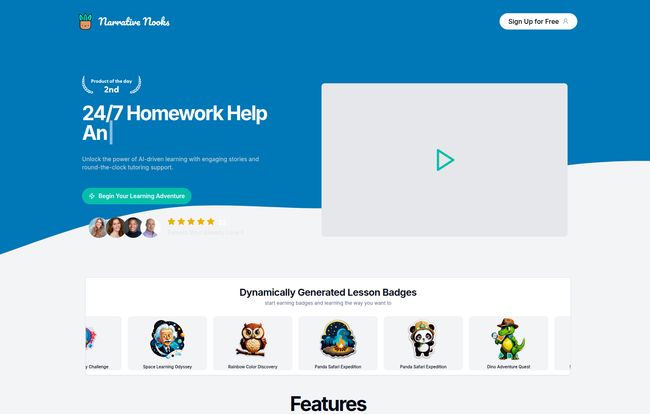
Visit Narrative Nooks
The Features That Genuinely Caught My Eye
Okay, so the marketing sounds great. But as someone who lives and breathes digital traffic and engagement, I'm always skeptical. I need to see the mechanics. What’s actually under the hood? A few things stood out to me.
Story-Based Learning Isn't Just a Gimmick
This is the platform's secret sauce. Instead of a menu of subjects, kids can jump into things like “Dino Kid’s Conservation Quest” or “The Adventures of Flora and Friends.” The learning is contextual. You’re not just learning about ecosystems; you’re helping a character save one. This is a massive win for engagement. In the SEO world, we obsess over “time on page.” Why? Because it means the user is interested. The same principle applies here. A kid who is invested in a story is going to spend more time with the material, absorb more of it, and maybe—just maybe—not even realize they're 'studying'. It’s a far cry from the usual drill-and-kill apps that burn kids out in five minutes.
The 24/7 AI Tutor in Your Pocket
I remember the sheer panic of being stuck on a math problem at 9 PM, with my parents just as stumped as I was. The 24/7 on-call tutoring feature is a direct answer to that universal pain point. What’s interesting here is the AI integration. It’s not just a generic chatbot. It’s a tutor that has the context of the stories and the lessons. It can provide homework help that feels connected to the platform, not just a random answer pulled from the web. For a parent, this means you’re not just outsourcing homework, you’re providing a tool that reinforces learning in a consistent environment. That's a huge weight off the shoulders.
Gamification That Actually Motivates
Badges. Every app has them. But often, they feel hollow. Here, they seem to be tied to actual progress within the narrative. Completing the “Galaxy Challenge” or a “Space Learning Mystery” feels more like a gamer achievement than a gold star from a teacher. The badges are dynamically generated and look pretty cool, which adds a layer of collectibility and fun. It taps into that desire for completion and reward that drives so much of modern entertainment, but channels it toward something productive. It’s a smart loop.
Let's Talk Turkey: The Pricing and Plans
Alright, this is where the rubber meets the road for most families. Is this another expensive subscription to add to the pile? Well, yes and no. They have a pretty smart pricing structure.
| Plan | Price | Key Features |
|---|---|---|
| Narrative Explorer | Free | Interactive lessons, Homework Helper, and the ability to earn badges. |
| Narrative Pro | $34.99/month (Discounted from $45.99) | Everything in Free, plus personalized tutoring, custom story creation, on-demand audio and image generation, and 24-hour support. |
My take? The free “Narrative Explorer” plan is a no-brainer. It gives you the core experience—the story lessons, the homework helper, the badges. It's the perfect way to see if this model clicks with your child without any commitment. You get to test drive the car on the most important roads before you even think about buying.
The “Narrative Pro” plan at $34.99 a month is where you have to do some math. But think about it. How much does one hour of private tutoring cost? $40? $60? Maybe more. For less than the price of a single session, you get unlimited, personalized tutoring, plus the ability for your child to co-create their own stories. For a kid who really loves it, or one who needs that extra support, the value proposition is actually pretty strong. The “cancel anytime” policy also removes a lot of the risk.
My Unfiltered Thoughts: The Good, The Bad, and The AI
No tool is perfect. As much as I'm impressed by the concept, it's important to look at the full picture.
The Good stuff is obvious. It’s engaging, it’s fun, the 24/7 help is a game-changer, and the core idea of narrative-based learning is psychologically sound. It has the potential to reframe ‘studying’ as ‘playing’ for a lot of kids, and that's the holy grail of educational tech.
Now for the potential hiccups. The price for the Pro plan, while justifiable when compared to tutoring, will still be a barrier for some families. That's just a fact. The bigger question mark for me is the reliance on AI. For many kids, this will be fantastic. For others... maybe not. Some children learn best with direct, human-to-human interaction, and an AI tutor, no matter how advanced, isn't a perfect substitute for that. It might not suite every child's specific learning style, especially those who need that physical presence and emotional feedback.
Who is Narrative Nooks Really For?
After digging through it, I have a clear picture of the ideal Narrative Nooks family. This is for you if:
- You're tired of fighting your kids to do their homework or practice skills on boring apps.
- Your child loves video games, reading, and getting lost in imaginary worlds.
- You're a homeschooling parent looking for a creative and supplemental curriculum resource.
- You need reliable homework support but can't afford or schedule regular private tutoring.
It might not be the best fit if you're philosophically opposed to screen-based learning or if your child has learning needs that specifically require in-person, human intervention. And that's okay! It's about finding the right tool for the right job.
In a digital world overflowing with mindless games and questionable content, Narrative Nooks feels like a genuine attempt to build something better. It’s an application of AI that feels thoughtful and purpose-driven, not just a tech demo. It harnesses what makes kids want to pick up a screen—the stories, the rewards, the interaction—and points it toward something that can actually help them grow. It's definitely worth checking out the free plan to see if the magic clicks for your family. You’ve got nothing to lose and a whole lot of peaceful evenings to gain.
Frequently Asked Questions
- 1. Is Narrative Nooks safe for my child to use?
- Based on its design, the platform seems to be a closed, curated environment. The content is focused on educational stories, unlike open platforms like YouTube or general AI chatbots where kids can wander into inappropriate areas. It appears to be designed with child safety as a priority.
- 2. What age group is Narrative Nooks best for?
- The visual style and concepts like “Dino Kid’s Conservation Quest” suggest it’s aimed primarily at elementary and early middle school students, roughly ages 6 to 12. However, the personalized nature of the AI could potentially adapt to slightly younger or older kids depending on their reading level.
- 3. Can I really cancel the Pro subscription anytime?
- Yes, the pricing information on their site explicitly states, “Monthly subscription. Cancel anytime!” This is a standard and consumer-friendly practice for subscription services.
- 4. How is this different from just using ChatGPT for homework help?
- That's a great question. The key difference is structure and safety. Narrative Nooks provides a guided, curated learning path within its own ecosystem. The AI tutor has context about the lessons your child is taking. A general AI like ChatGPT is an open sandbox—it can be incredibly powerful, but it can also be unreliable, provide incorrect information, or lack the educational framework and safety guardrails of a dedicated learning platform.
- 5. Do I need to be a tech expert to set this up for my child?
- The interface appears clean and user-friendly, with clear buttons and a straightforward layout. It's designed to be used by kids, so the onboarding process for parents should be just as simple. You likely won't need any special technical skills to get started.
